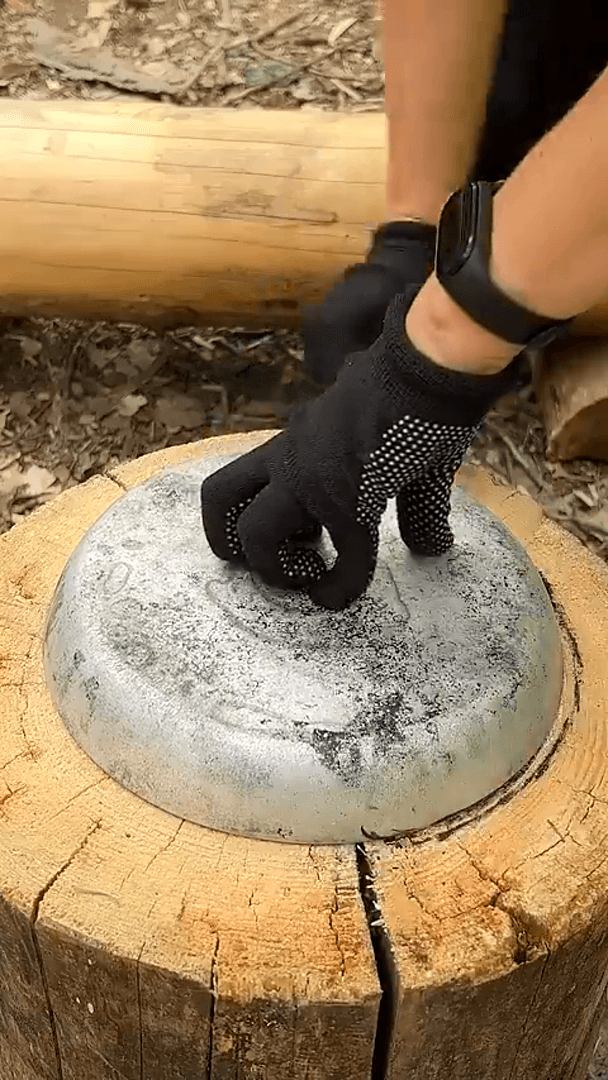
Pack of Canadian Wolves Released in National Park to Control Moose Populations It rippled through the conservation and hunting communities this week when news broke that four Canadian wolves were air-dropped in a national park. According to a recent National Park Service (NPS) news release, the wolves were trapped in Canada and released in the Isle Royale National Park in Michigan. “During a narrow weather window between storms last week, Ontario Ministry of Natural Resources and Forestry (OMNRF) successfully transferred four wolves to Isle Royale National Park,” NPS said. “Earlier this winter, severe weather on both sides of the border hampered the ability to capture and transfer wolves. However, NPS staff worked diligently with ONMRF and over the course of four days successfully translocated Canadian wolves. Two mainland wolves, one female and one male from the same pack and both with a black coat color variation, were captured on crown land near Wawa, Ontario, and transferred to I
Post: 11 July 13:01
















































